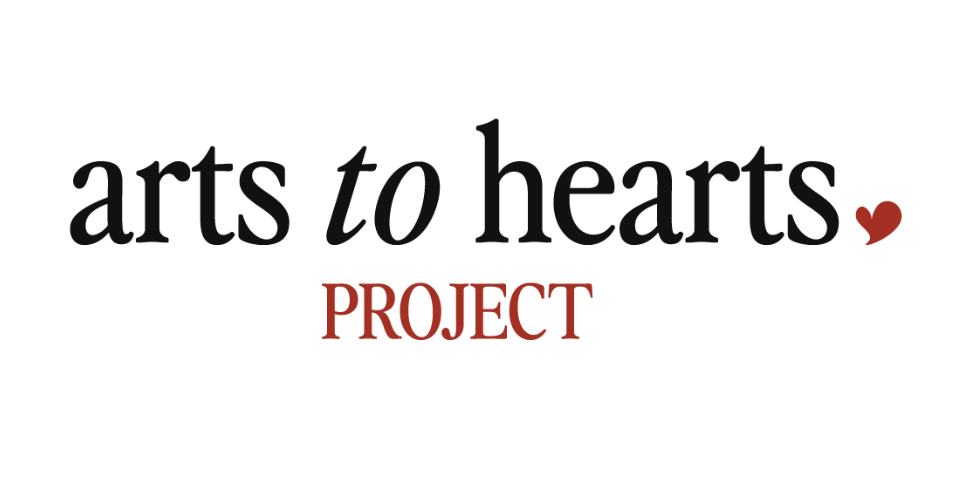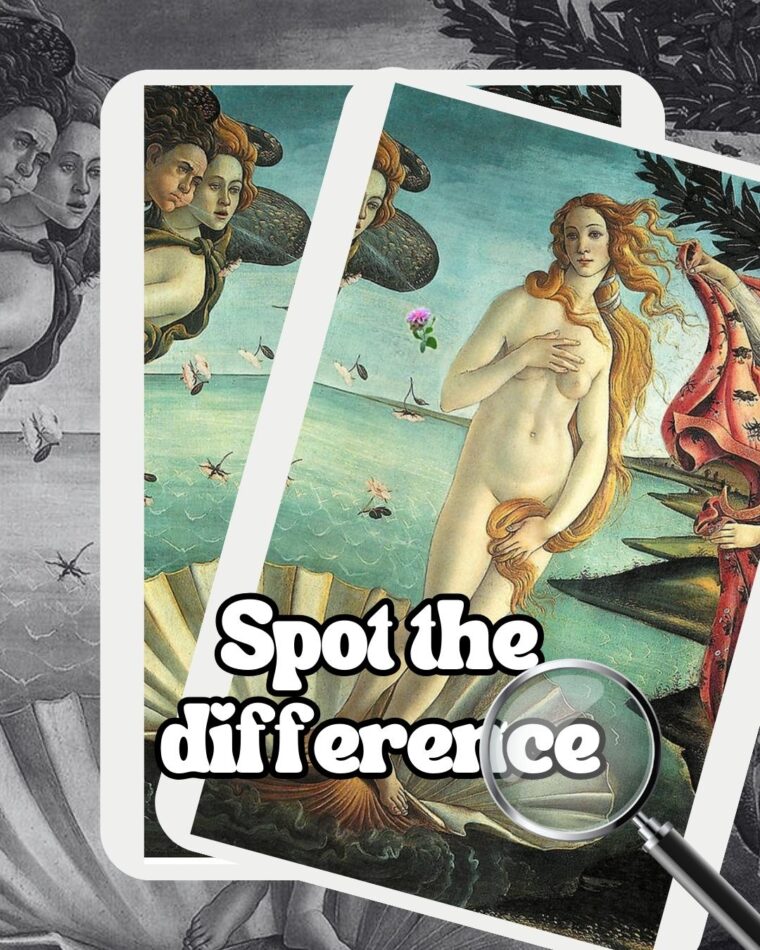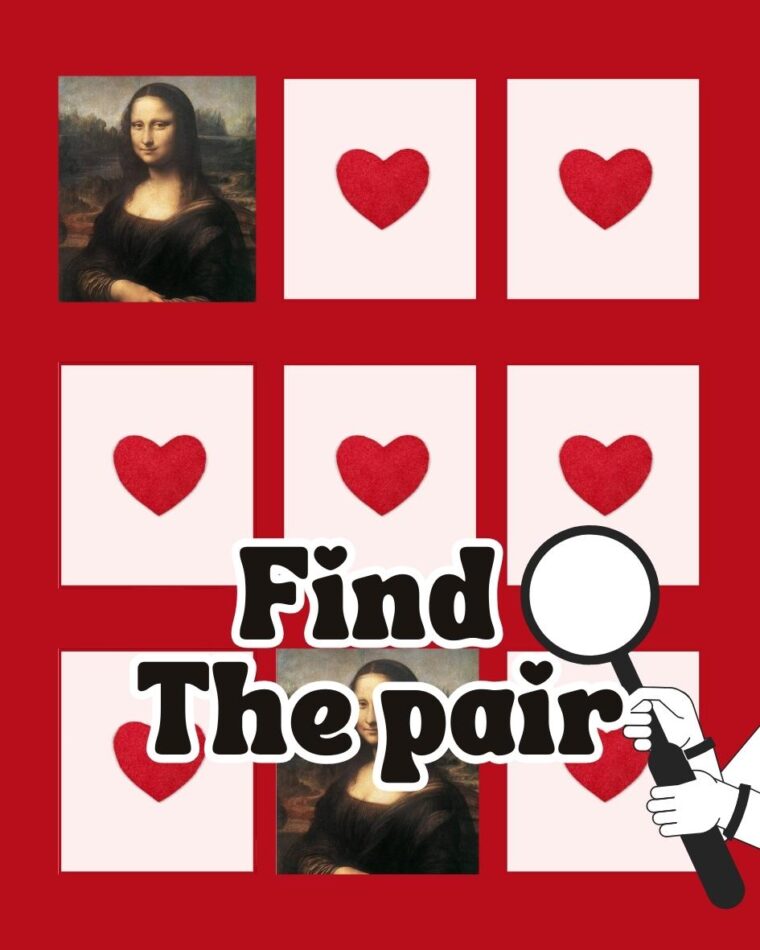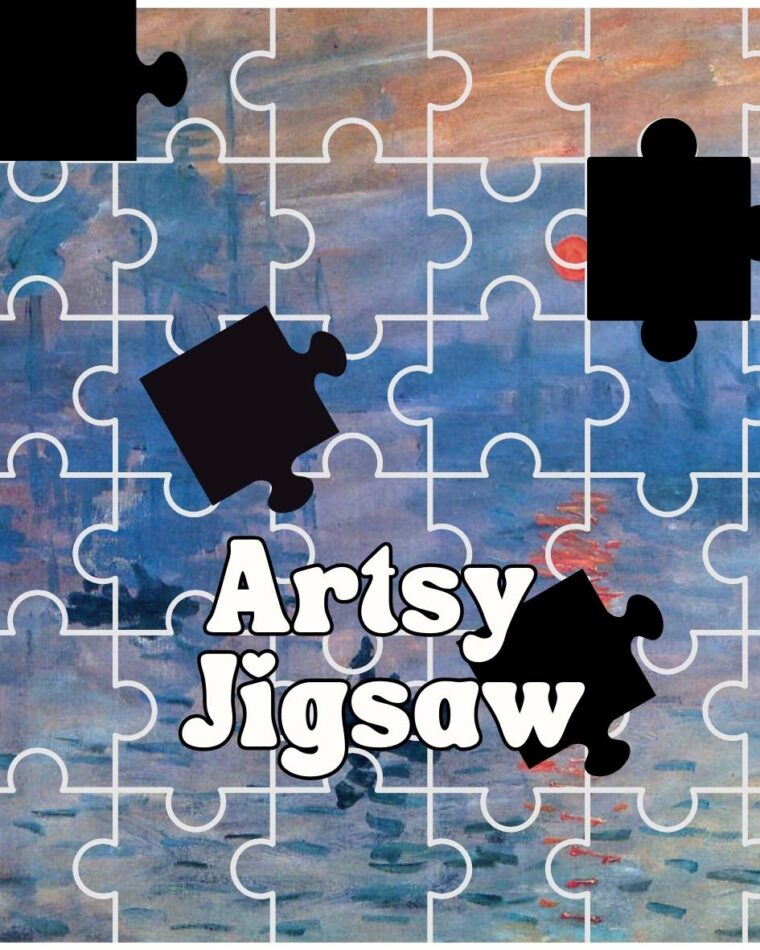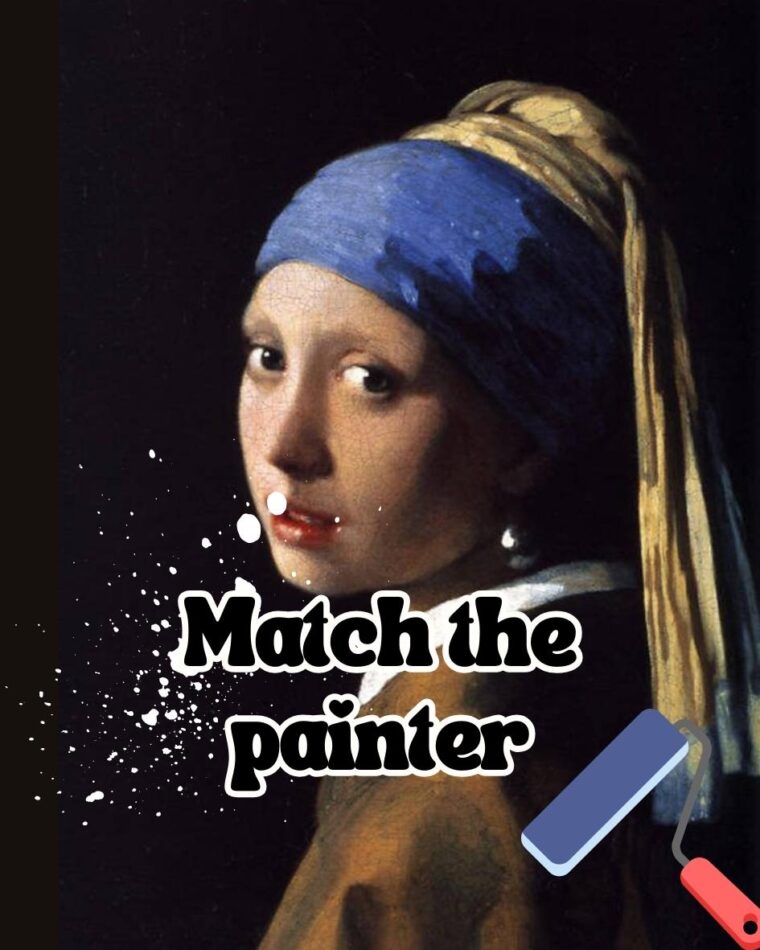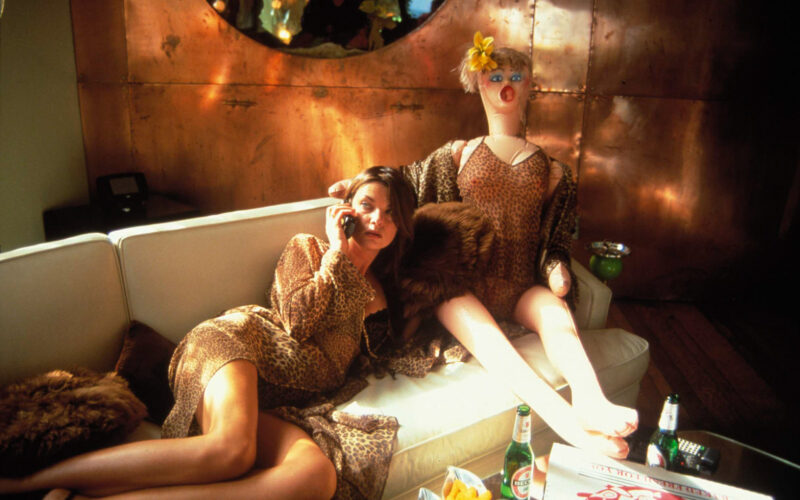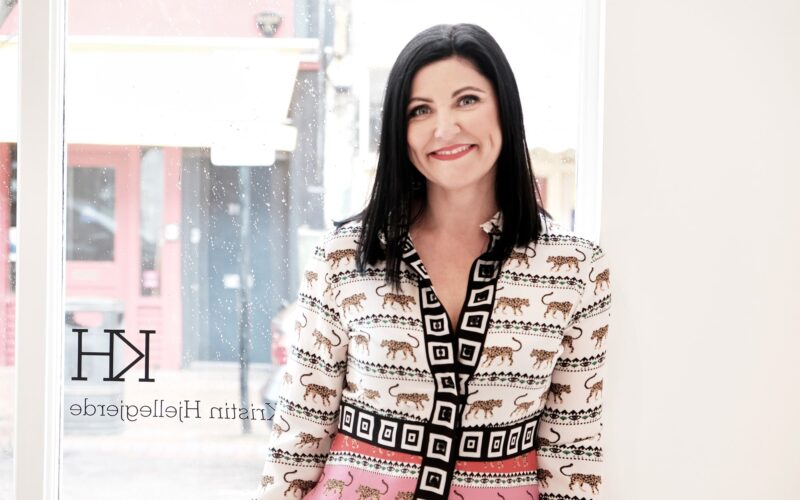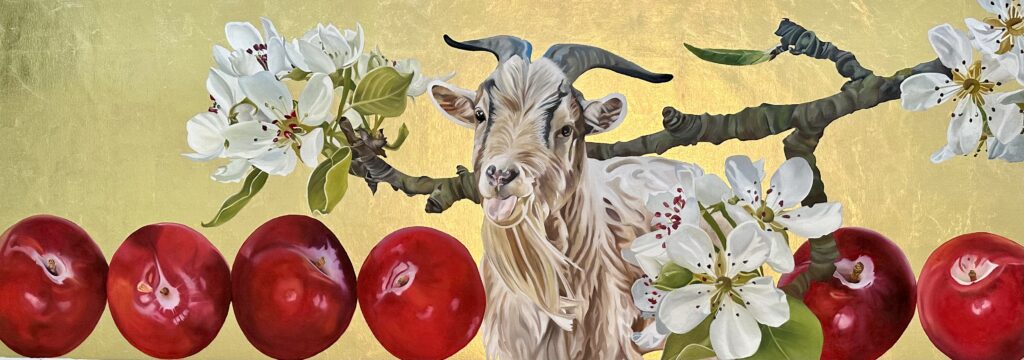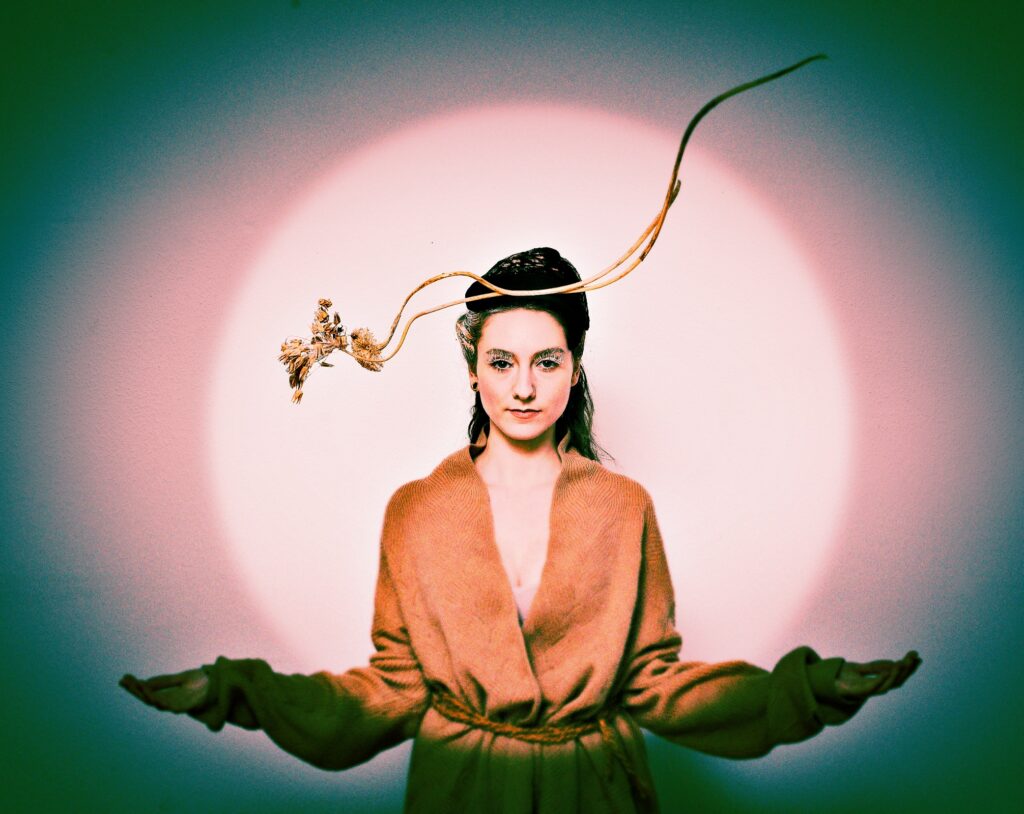How Martina Nevado Gives New Life to Recycled Materials with a Hispanic Flair
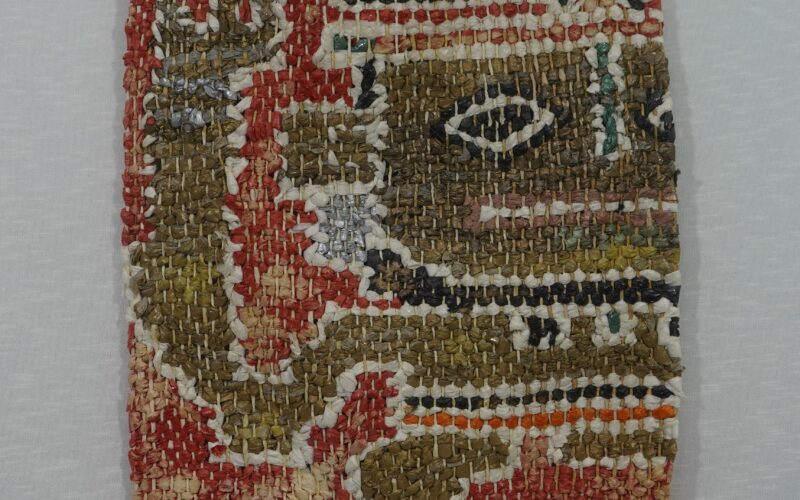

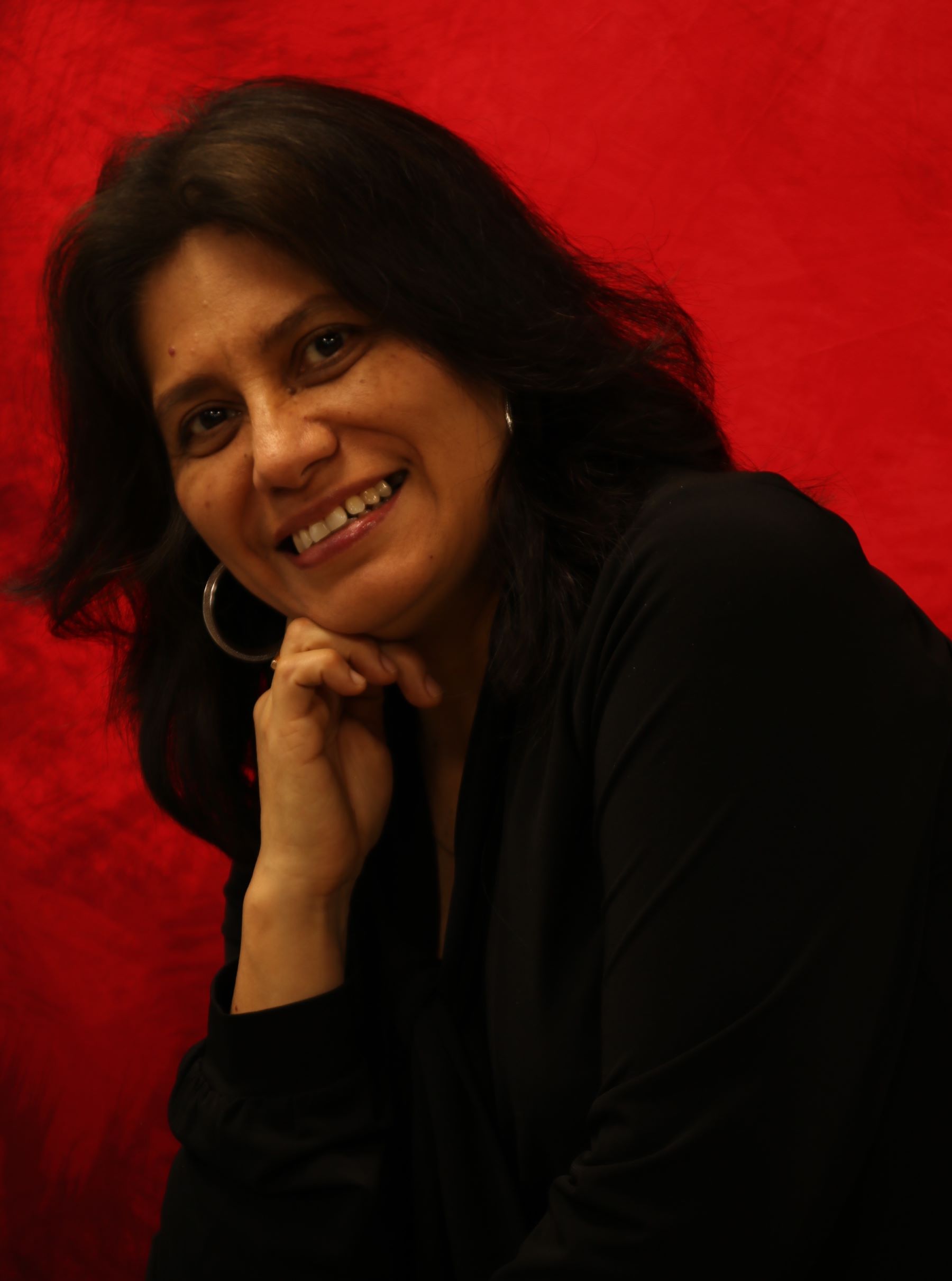
Martina Nevado is a Peruvian-American artist whose work blends heritage, sustainability, and self-expression. In this interview, she shares her journey from fashion design to fine art, revealing how her love for textiles and recycled materials connects her to ancient cultures and her Hispanic roots. She talks about the importance of community, the inspiration behind her eco-friendly art, and the impact of showcasing her work internationally. She also speaks about resilience, creativity, and the power of turning discarded materials into something meaningful.
Martina Nevado is a featured artist in our book “101 Art Book: Portrait Edition .” You can explore her journey and the stories of other artists by purchasing the book here: https://shop.artstoheartsproject.com/products/the-creative-process-book
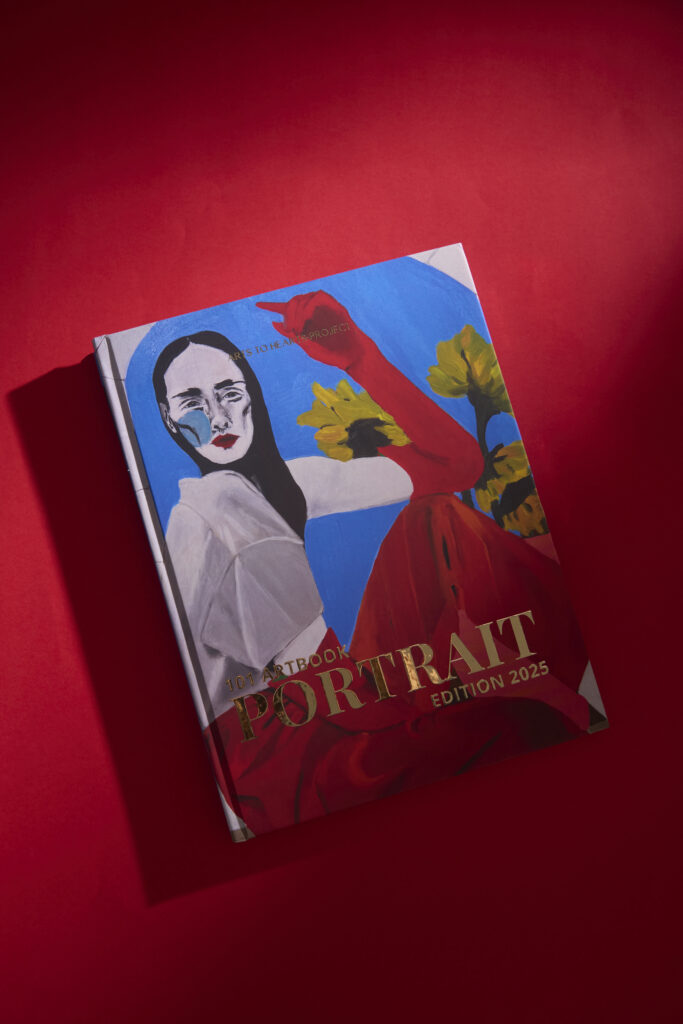
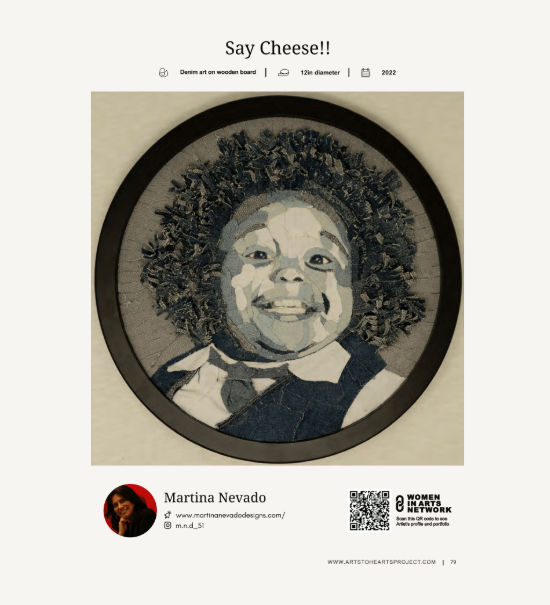
Martina Nevado was born in Peru in 1966. In 2019 she earned her Associate of Fine Arts degree in Studio Arts from Hudson County Community College. Nevado’s work was exhibited in New Jersey, New York, Chicago, France, and the Dominican Republic. One of her works is permanently exhibited at her alma mater. Martina supports her community. Nine years ago, she started a children’s program at the library. Today, she runs an art school that encourages creativity in children from an early age. She is also a fashion designer, and before obtaining her degree in art, she participated in Fashion Week, in New York and New Jersey. Nevado also hosts a podcast and currently lives and works in NJ.
1. Your art blends heritage, recycled materials, and function—what draws you to this unique fusion?
I was attracted by my ancestors’ respect and care for nature and what soil provides us. They lived in communion with the earth and used various organic materials to transform them and not discard them. It was like a ritual of giving back to the earth in gratitude for what we received from it. But they gave back without harm, without pollution. That is why I was attracted to working with discarded materials. I, who am also a fashion designer, understand the amount of waste caused by the production of clothes, even more so denim. I decided to transform this material into a work of art. Using my grandchildren as muses. Also, the representations of Peruvian culture were my inspiration. My works on paper are also inspired by the famous cloaks of the Paracas culture and the masks of the Mochica culture.
I have always been fascinated by how ancient cultures transformed organic elements into objects that lasted thousands of years.
Martina Nevado
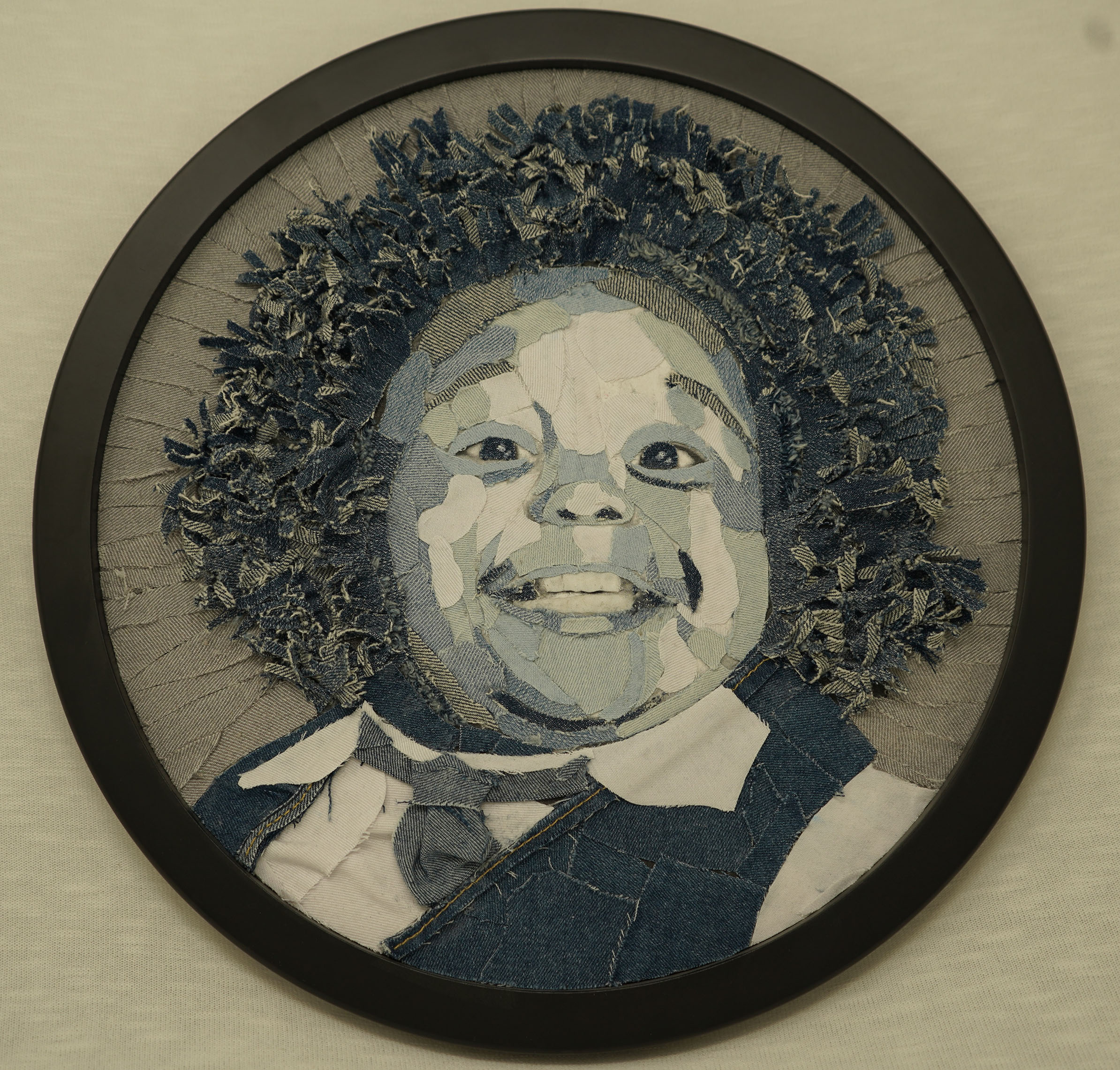
2. From fashion design to fine art, how has your creative journey evolved over the years?
I think I took it upon myself to put it all together somehow. Without neglecting my passion for fashion, I simply encouraged myself to follow the next step. One of my collections was made with leftovers from other garments, and it just so happened that they were in shades of blue, which is one of my favorite colors and the basis of almost everything I do. Then, the collection of little girls’ dresses was made entirely of white and blue polo shirts. Then, I realized that my proposal had already been accepted, and I continued with the fine arts. I was recognized then as an eco-friendly and sustainable artist. I had such a fascination for denim that I couldn’t help but experiment with this material, and the results were better than expected.
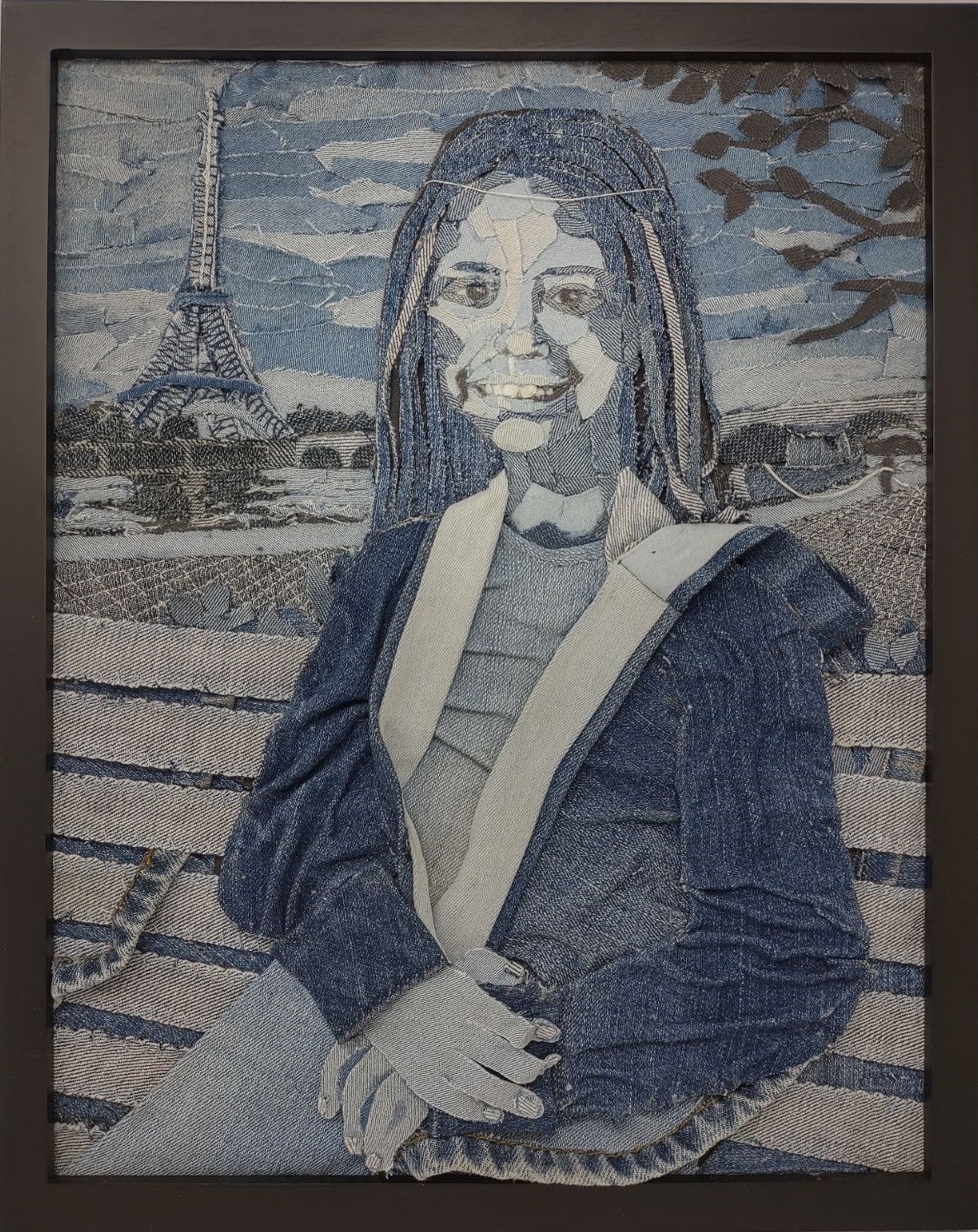
3. You’ve exhibited internationally, including at the Louvre and Art Fair 14C—how have these experiences shaped your work?
All experiences provide us with more knowledge and certainty of what we want the viewer to see in our work. All criticisms count, and so does appreciation. An art representative who saw my 47-by-42-inch mask, made from plastic bags and recycled paper, introduced himself to me and insisted that the gallery put it in a visible place so it could be seen. This situation made me realize that there is an audience, especially art experts, who appreciate my work. For this reason, I remain eco-friendly. I also obtained an Honorable Mention as Best Female Artist for Art Shows Gallery in my first exhibition in Paris, France. At the Art Fair, it happened that I was not accepted for the fair. But I participated in an event that they promoted before the Fair. I was the only artist who worked with denim. I had no idea how to work outdoors, in the cold, in front of the iconic New York City landscape… It was my first Plain Air… The result was a series of buildings depicted in denim, with the Hudson River and a boat crossing the water. People stopped to see my work; some recorded me, and others took photos. I didn’t expect it. I also didn’t expect my piece to be chosen along with those of the other participants to present at the Fair. It was another great experience. After these experiences, my work became better known, and I acquired other techniques and experiences that I will show soon.
4. You’re deeply involved in your community, from running an art school to hosting a podcast—how do these roles influence your art practice?
I find it inspiring that each student manages to solve in one hour what they didn’t even know before entering class. I am passionate about creativity, and l love to teach. Making art and teaching art are two different roles. I don’t expect all students to follow my pattern. Art is an expression, and each being expresses itself differently. I provide guidance and materials and allow them to find their way. I learn more by teaching, and I come to my studio full of ideas. I have to write it down so as not to forget. My podcast, TINATEMOTIVA, was another way of expressing myself. Especially in the time of the pandemic. I thought it was necessary to address certain issues and also to motivate and guide parents to support their children with more artistic activities at home. I enjoyed writing poems at the end of each podcast.
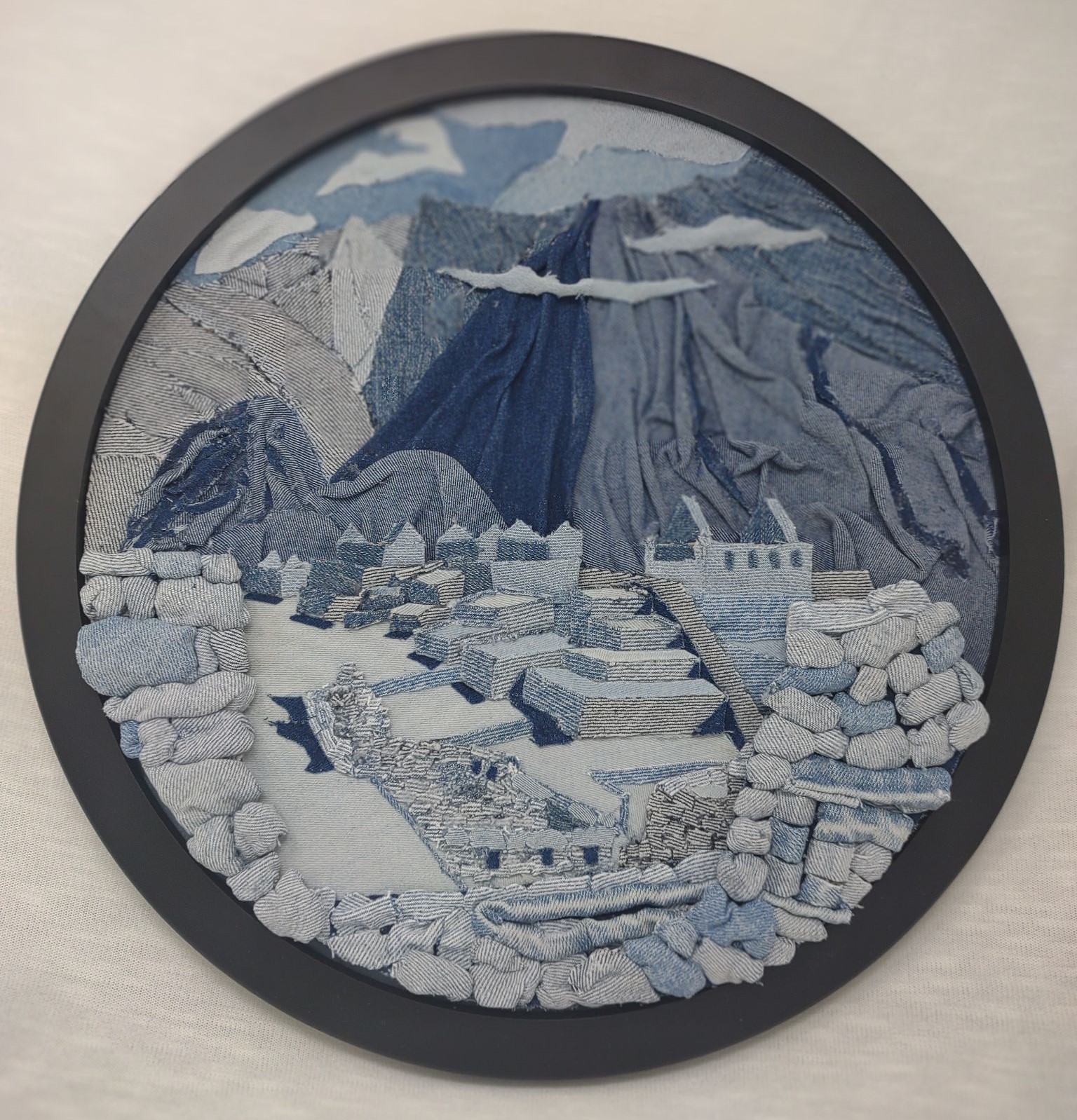
I am passionate about creativity, and l love to teach.
Martina Nevado
5. Ancient cultures inspire your work—what techniques or symbols from the past resonate most with you?
Without a doubt, I am passionate about textile art. I want to weave all the materials I can find, from paper, plastic bags, wires, etc. My crochet workshops are always expected in my community. I admire the weaving of the Paracas culture, known for its intricate designs and diverse colors. But there are also the fabrics of the Nazca, Mochica, Wari cultures, among others.
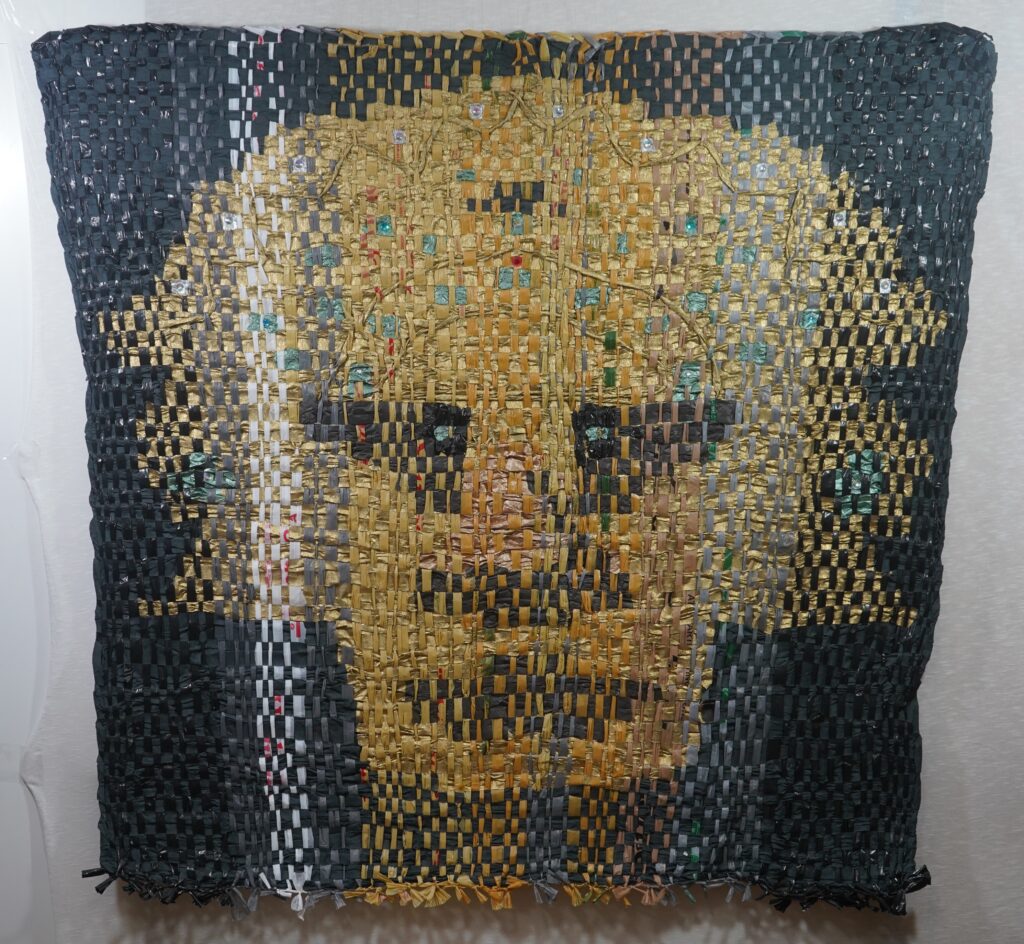
6. What message do you hope viewers take away from your art?
My mission is to impact the viewer and inspire them to find beauty even in discarded items. I hope that the smiles in my portraits make them smile, that they don’t forget their origins, and that they respect and protect our environment.
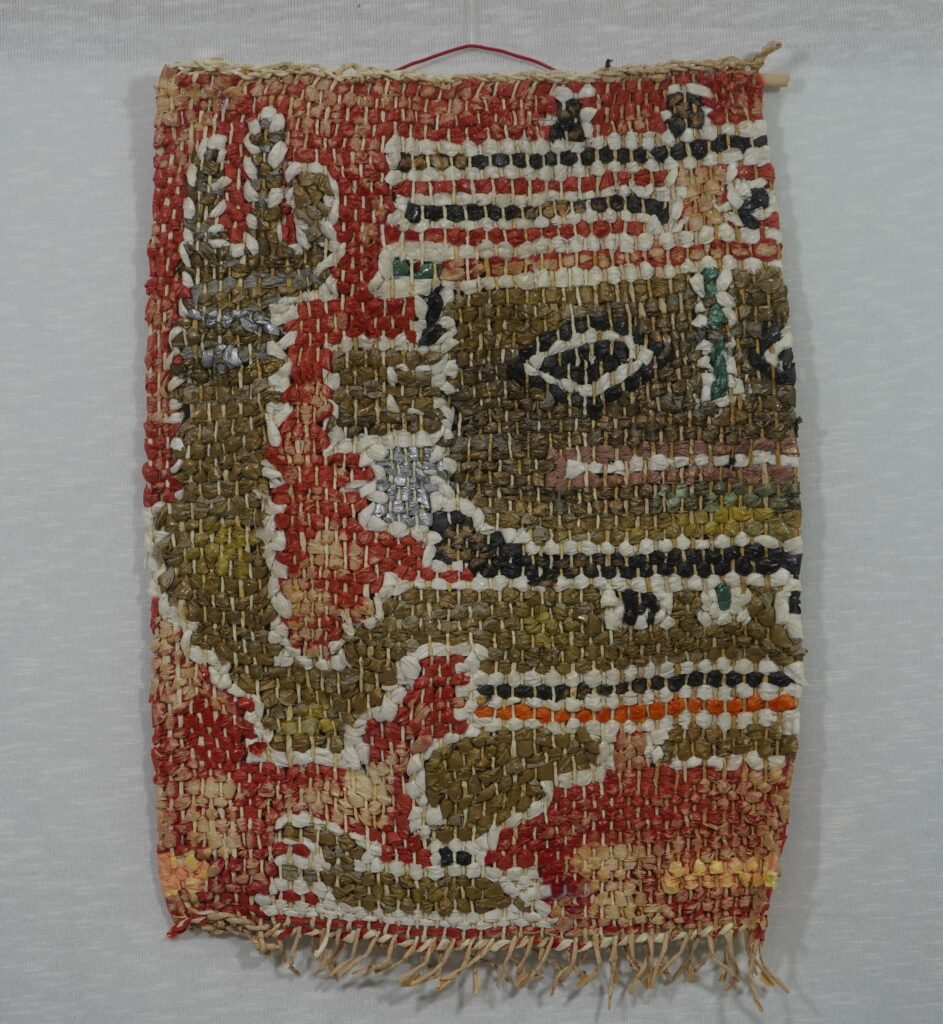
Martina Nevado’s journey shows us the power of creativity and purpose. She turns discarded materials into beautiful art, honors her culture, and helps others discover their creative voice. Whether she’s painting, designing, or teaching, she brings passion and meaning to everything she does. Her story encourages us to see art—and the world—through new eyes, finding beauty where we least expect it. To learn more about Martina, click the following links to visit her profile.
Arts to Hearts Project is a global media, publishing, and education company for
Artists & Creatives. where an international audience will see your work of art patrons, collectors, gallerists, and fellow artists. Access exclusive publishing opportunities and over 1,000 resources to grow your career and connect with like-minded creatives worldwide. Click here to learn about our open calls.

